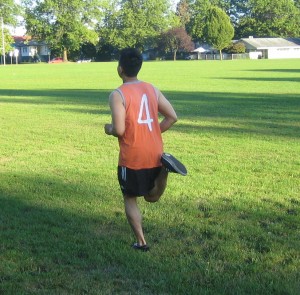Knee pain is a usual complaint among those who engage in running or tries to run without proper preparation. Those who run during cold weather can aggravate an existing knee pain or make it hard for the individual to run at his/her normal pace. Even though proper medical care is necessary, most cases of knee pain can be prevented or managed without requiring a visit to a doctor.
What are the causes of knee pain?
If an individual attempts to run harder or farther than before without gradually increasing the running sessions, he/she can overwork the muscles or tendons in the knees or legs. Take note that the knee pain typically occurs in the iliotibial band that travels down the side of the leg and into the knee bones.
Lack of strength in the thigh muscles as well as utilizing unsupportive shoes can also trigger knee pain. Without these components, unwanted strain can build up in the knees and cause the cartilage to wear out. During cold weather, the heart rate has a slower response rate that can cause the muscles and tissues surrounding the knee to become more brittle and less lubricated. If the individual tries to run at his/her normal pace or harder, he/she can end up with knee pain.

Management of knee pain
The basic form of treatment for knee pain is the RICE method (rest, ice, compression, elevation). The individual should rest 24-48 hours of rest before he/she attempts to run again. During this period, the individual can raise the knees and utilize an ice pack for pain relief. Compression bandages can also help minimize any swelling. After 48-72 hours, you can switch to heat therapy by using a heating pad to soothe the knee pain.
Prevention
It is recommended to wear shoes that are specifically designed for running. The feet must be comfortable and stabilized inside the shoe and must not move around while running or walking.
The legs should be warmed up with exercises such as jumping jacks or walking before a running session in any temperature. The strength exercises such as squats, lunges and leg press improve the strength in the thighs to relieve pressure on the knees while running. In addition, dress appropriately for the temperature and cover the limbs with comfortable clothing that allows movement.
Considerations to bear in mind
Even though knee pain is a typically issue among runners, there are instances when it is a serious health issue that requires assessment by a doctor. In case the RICE method could not effectively alleviate the pain, redness or swelling, set an appointment with a doctor as soon as possible. If the symptoms become worse, this might be an indication of a serious injury such as a ligament injury or muscle tear.
